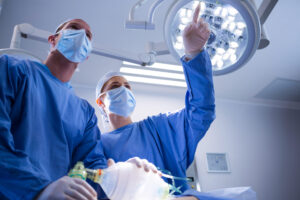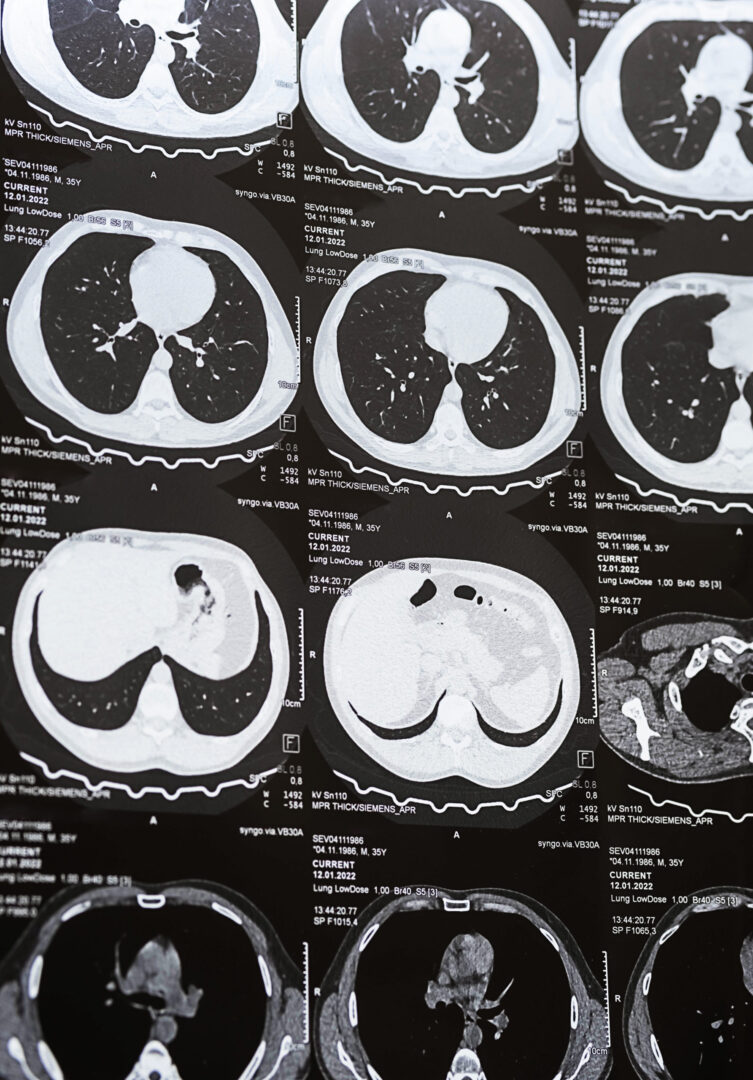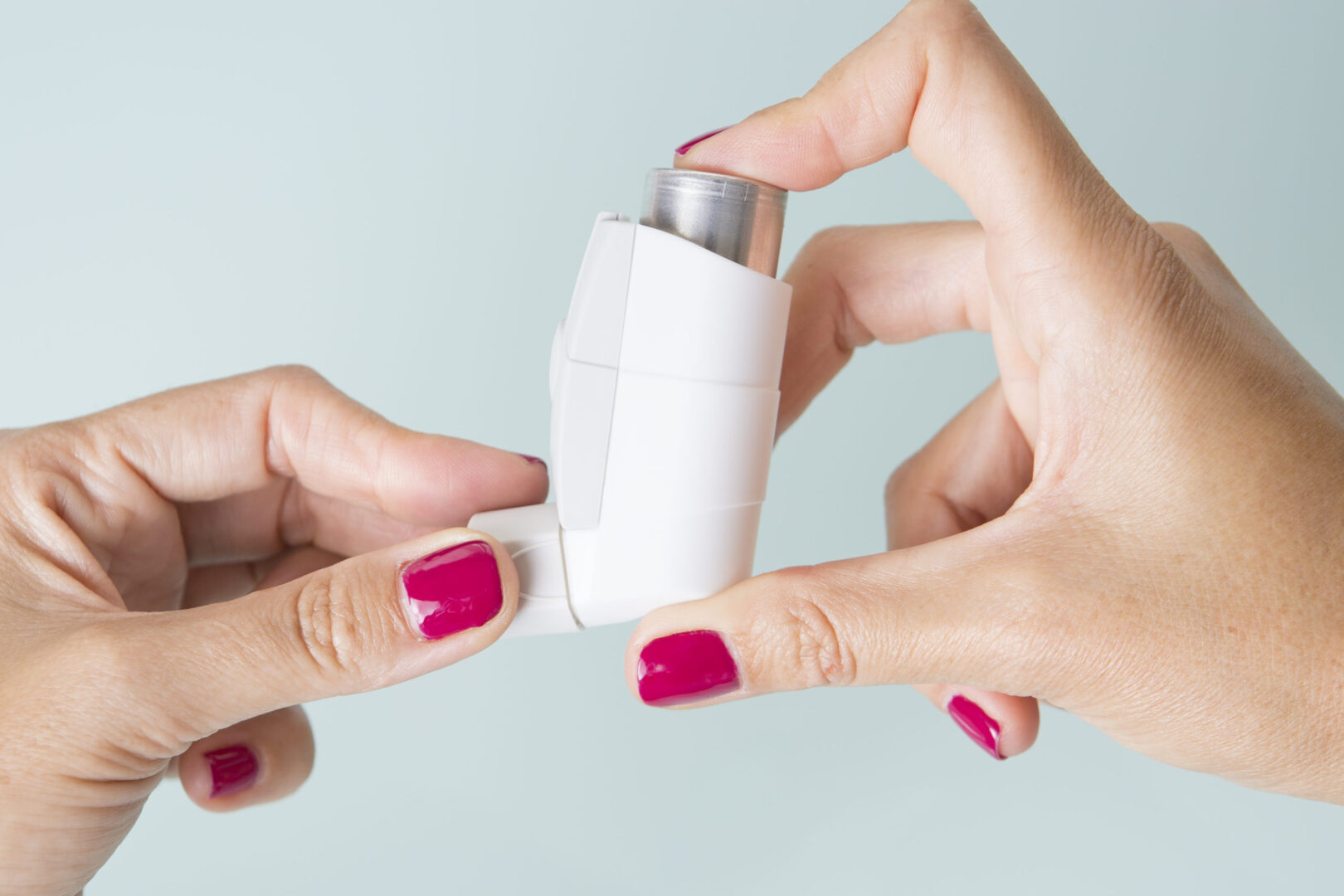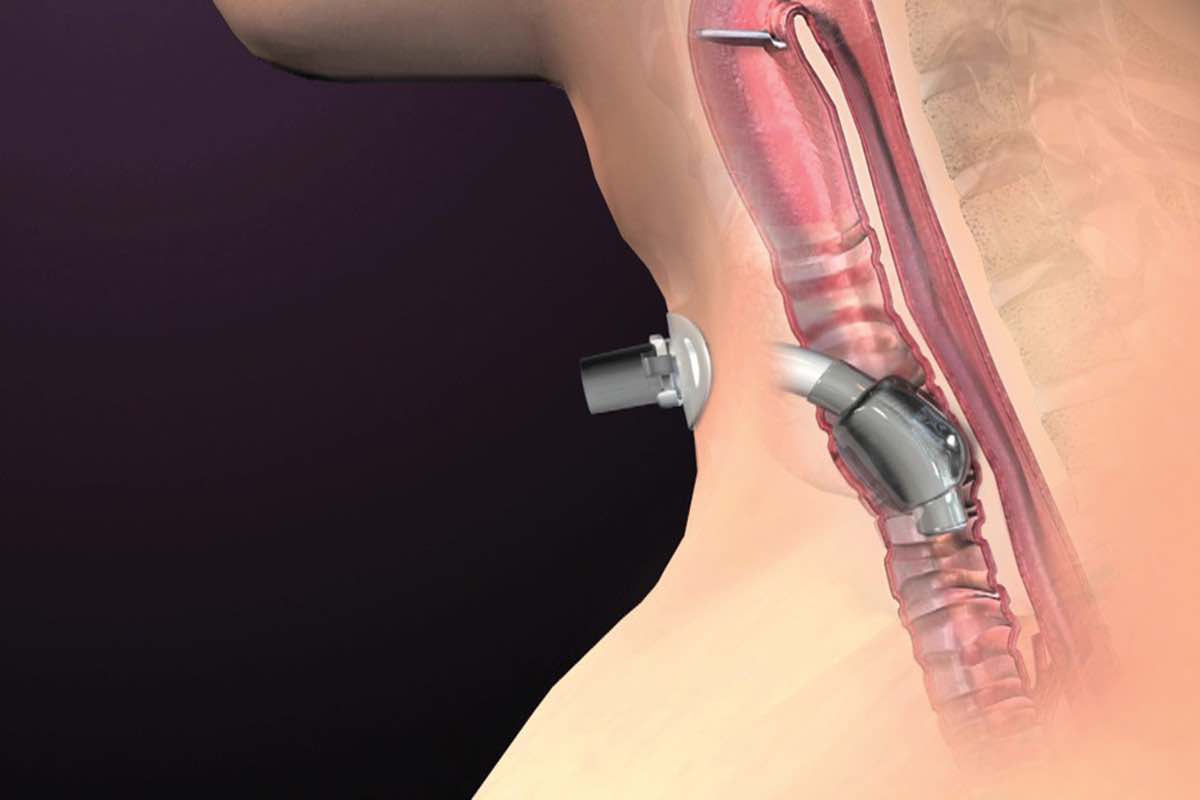Learning objectives
- Indications for rigid bronchoscopy
- Advantages and disadvantages of rigid bronchoscopy
- Anesthesia management for rigid bronchoscopy
Definition and mechanism
- To gain better access to the patient’s airway
- Allows insertion of instruments or airway devices
- Diagnosis of infections, cancers, inflammatory conditions, sarcoidosis, and lymphoma
- Treatment of airway obstruction, airway narrowing (stenosis), airway cancers, bleeding
- Removal of foreign or aspirated objects
- Considerations for surgical technique: stenting, laser, endobronchial electrosurgery, argon plasma coagulation, & balloon bronchoplasty
| Advantages | Disadvantages |
|---|---|
| Can be inserted past airway obstruction | Requires always general anesthesia |
| The airway is secure during the procedure | Oral and pharyngeal damage |
| Allows for: Larger biopsies Tamponade (stop) bleeding areas Removal of airway tumors and foreign objects Deploying airway devices (tracheobronchial stents) to keep collapsing airways open | Limited visualization |
| Nonflexible metal rod |
Factors that complicate rigid bronchoscopy
- Patients requiring high levels of supplemental O2
- Patients with baseline hypercarbia and hemodynamic instability
- Unstable cervical spine or diminished range of motion of the cervical spine caused by spondylosis
- Maxillofacial trauma or oral disease preventing opening of the jaw (stenosis, obstructing neoplasms)
- Procedure-specific complications: hemorrhage, airway trauma, perforation, fire, systemic gas embolism, & dissemination of post-obstructive pneumonia
Management
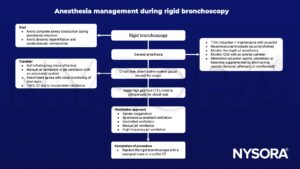
Keep in mind
- Full stomach vs. unsecured airway
- High oxygen requirements with risk of fire ignition
- Jet ventilation through obstructing stenoses with risk of air trapping & barotrauma
Suggested reading
- Galway U, Zura A, Khanna S, Wang M, Turan A, Ruetzler K. Anesthetic considerations for bronchoscopic procedures: a narrative review based on the Cleveland Clinic experience. J Thorac Dis. 2019;11(7):3156-3170.
- Kabadayi, Selin & Bellamy, Mark. (2016). Bronchoscopy in critical care. BJA Education. 17. mkw040. 10.1093/bjaed/mkw040.
- Pathak V, Welsby I, Mahmood K, Wahidi M, MacIntyre N, Shofer S. Ventilation and anesthetic approaches for rigid bronchoscopy. Ann Am Thorac Soc. 2014;11(4):628-634.
We would love to hear from you. If you should detect any errors, email us at customerservice@nysora.com




